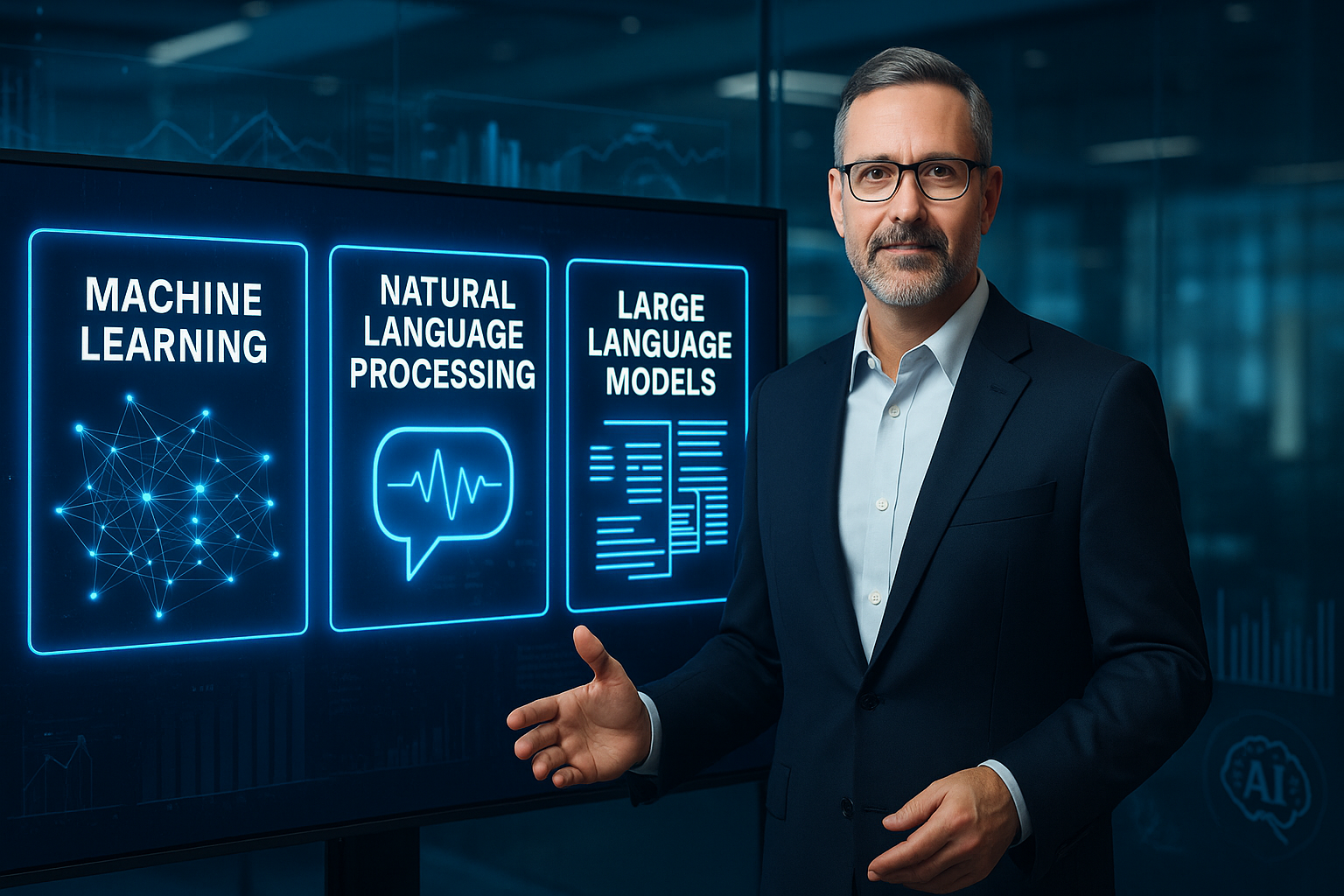The AI Sales Process Map: The Ten-Stage Sales Process Framework
Sales leaders today often fall into the trap of using artificial intelligence tools randomly rather than systematically. This sporadic usage is like owning a Swiss Army knife but only using the bottle opener; you miss out on ninety percent of the available value. AI’s real power comes not from isolated tools but from integrating capabilities across every stage of your sales processes. When mapped correctly, AI accelerates every interaction, shortens sales cycles, and makes revenue generation more predictable.
Random AI adoption leads to inconsistent results. Some reps use it effectively, while others revert to manual methods under pressure, resulting in uneven performance. Systematic AI integration, however, compounds improvements across the entire sales cycle. Data captured at one stage strengthens the next, creating a virtuous cycle of sales success that is scalable, measurable, and sustainable. The outcome is not just faster deals, but stronger business acumen and more consistent revenue management.
The ten-stage AI sales process framework provides a structured way to apply AI:
- Prospecting,
- Outreach,
- Qualification,
- Scoping,
- Presentation,
- Economic Buyer meetings,
- Validation Events,
- Proposals,
- Closing,
- Onboarding/expansion.

